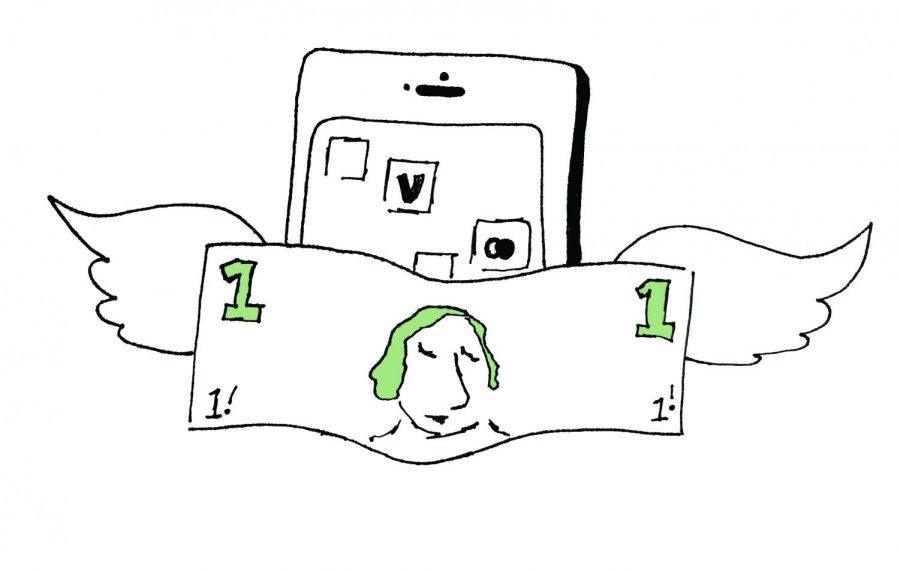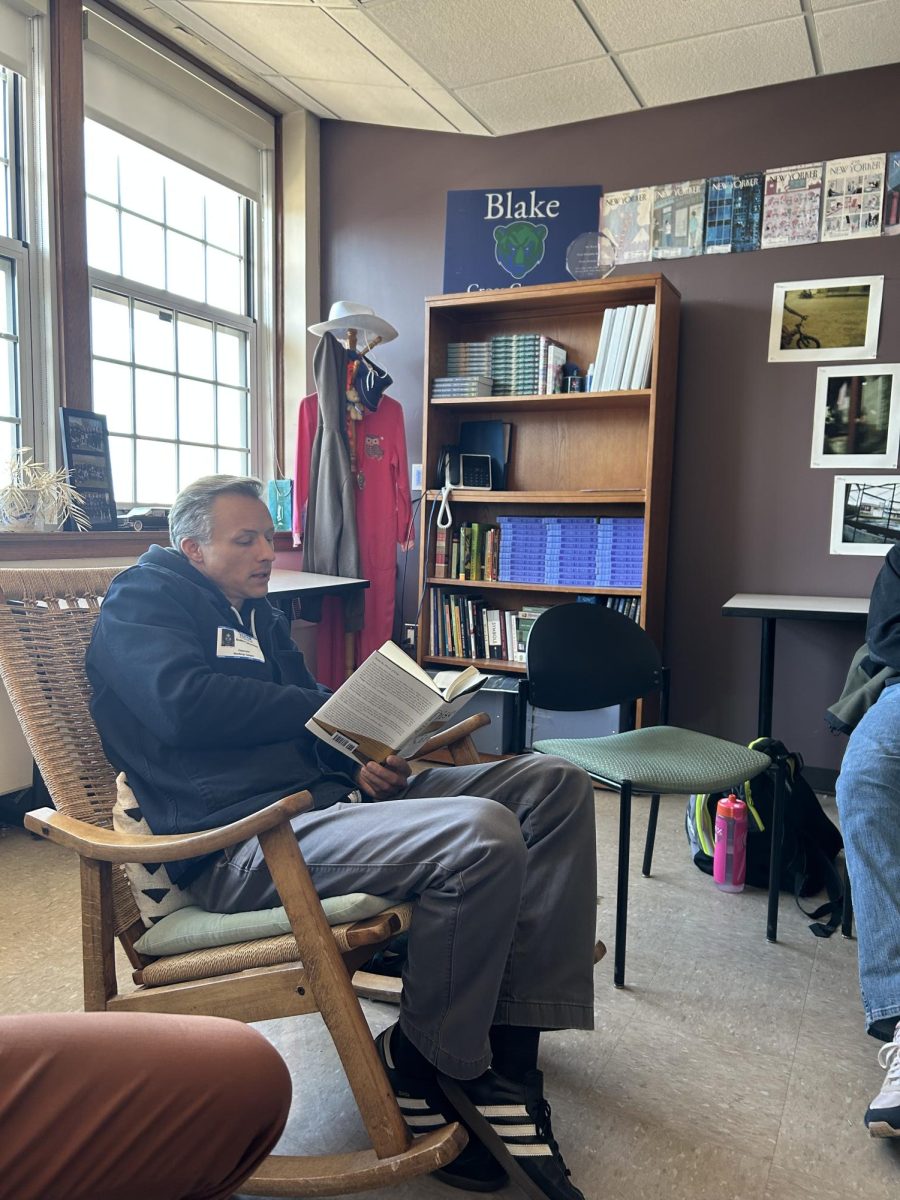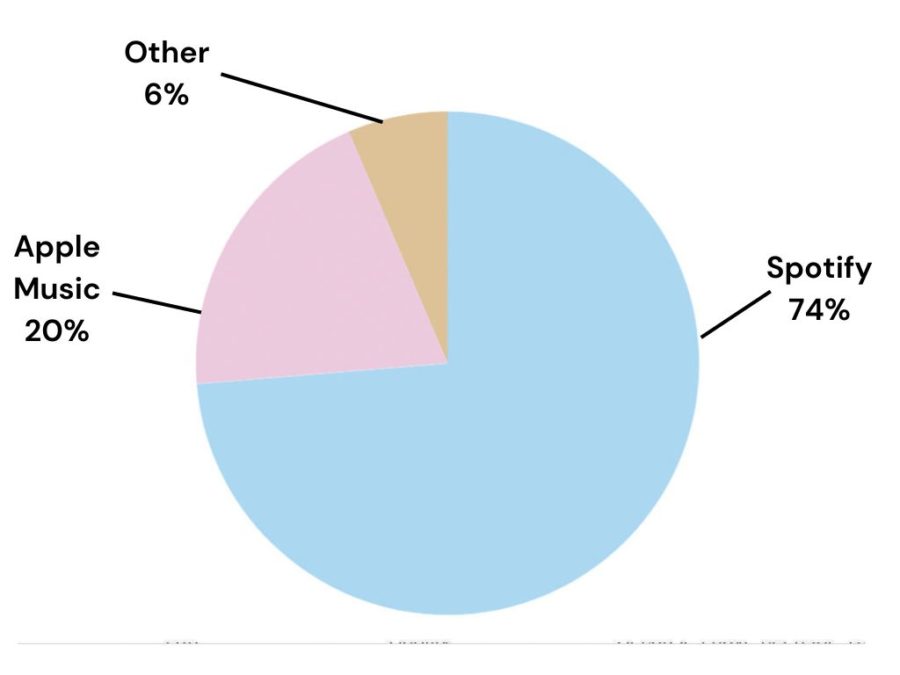Walking down to the depths of school, a student whips out her phone. Opening her mobile wallet, she types in the vending machine code and quickly scans her phone screen. Her Pop-Tarts fall out and she walks away with breakfast without having to dig for loose change.
This streamlined breakfast purchase is an example of Apple Pay, a digital payment service run through mobile phones. Along with Venmo, another online payment method, the service is exploding in popularity due to the efficiency and flexibility it offers.
I’ll forget my wallet at home, and then I’ll be like, ‘can you just pay for me now and I’ll venmo you right now,’ ” explained Gabby Monahan ‘20, who has been using Venmo since this past summer.
Near-field communication chips embedded in every Apple iPhone and Watch transmit encrypted card data without ever having to swipe the physical card of Apple Pay users. Venmo works similarly, except that a user can send or request money to or from contacts from a Venmo balance, a bank account, or a credit or debit card.
“It’s simpler then PayPal, and you can request or send people money through like a text so itís much more convenient,” said Peter Barry ‘19, a Venmo user since 2017.
Founded in 2009, Venmo is owned by PayPal which is another online payment system. PayPal charges the user when payments are made through a credit or debit card as opposed to a site specific account. On the other hand, Venmo only applies an additional charge when a credit card account is used.
While it logically makes more sense that having money at the tap of your finger would result in increased spending, using these services has actually prompted students to think more carefully about their purchases. “Because I donít even have my money with me, it kinda makes me think about what Iím buying before I do,” said Monahan.
Despite the convenience, the online aspect adds a level of complexity with how the service actually works. ìItís mostly that I just donít understand it, so I just donít use itî explained Violet Odden ‘22.
But with efficiency often valued more than complete understanding, the quickness of Venmo and Apple pay prevail. As James Silvestri ‘20 said, “It’s just convenient, why not have it?”















